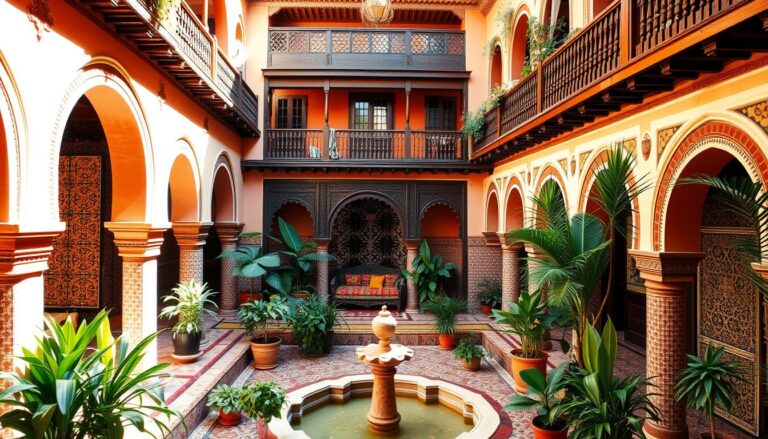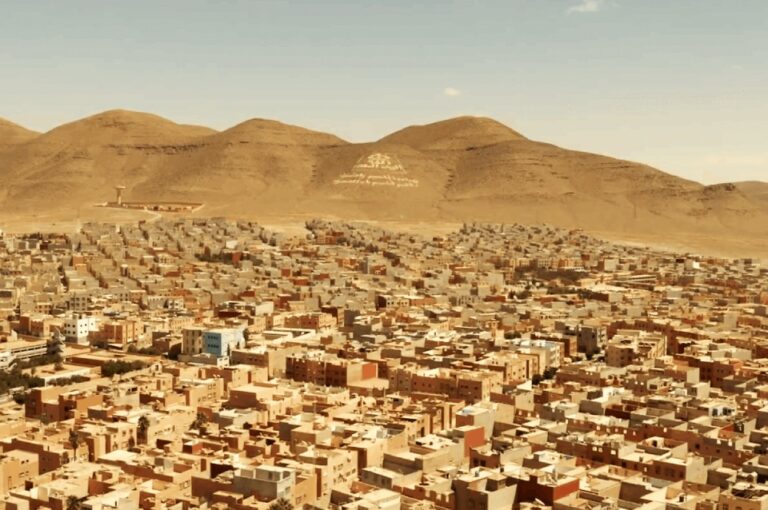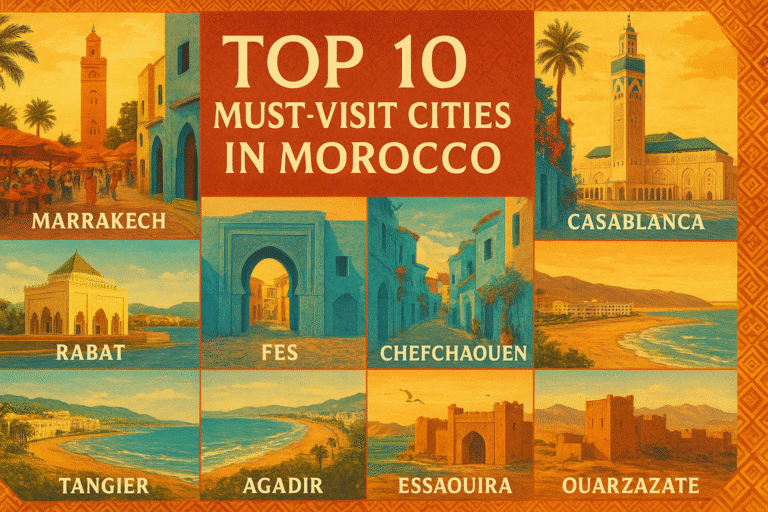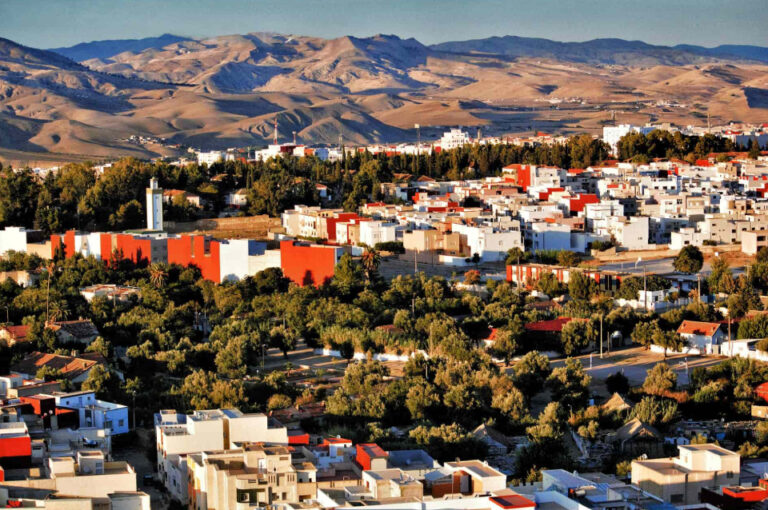Errachidia: Your Gateway to the Moroccan Sahara
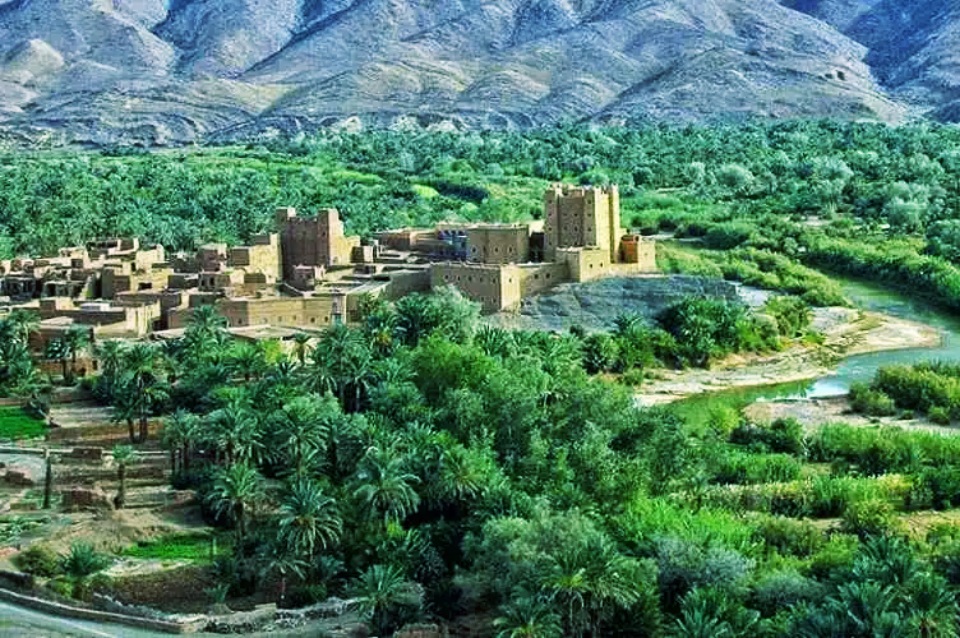
Perched at the crossroads of Morocco’s most dramatic landscapes, where the green valleys of the Ziz River carve through arid mountains before surrendering to endless desert horizons, Errachidia stands as the essential gateway to the Moroccan Sahara. This strategic city, cradled in the Tafilalet region at an altitude of 1,050 meters, serves as both the last outpost of lush civilization and the first taste of the vast desert wilderness that stretches southward toward the legendary dunes of Merzouga and Erg Chebbi.
Founded in 1916 during the French Protectorate as Ksar es-Souk, Errachidia was renamed in 1979 to honor Moulay Rachid, a 17th-century Alaouite prince. This city of approximately 90,000 inhabitants functions as the administrative capital of the Drâa-Tafilalet region, connecting Morocco’s imperial cities to its desert heartland through a network of roads that snake through some of the country’s most spectacular terrain.
What makes Errachidia indispensable for Sahara-bound travelers is its unique position as a natural hub where desert expeditions begin, mountain adventures converge, and ancient caravan routes intersect with modern highways. The city offers essential services, comfortable accommodations, and authentic cultural experiences while serving as the perfect staging point for exploring the Ziz Valley’s palm groves, the imposing Ziz Gorges, the fossil-rich Kem Kem beds, and the legendary desert landscapes that have captivated travelers for centuries.
Beyond its practical importance, Errachidia possesses its own distinctive character—a blend of Amazigh heritage, date palm agriculture, military history, and desert trading traditions. The city’s weekly souk draws Berber communities from surrounding mountains and oases, creating vibrant markets where traditional life continues as it has for generations. Date harvest festivals celebrate the region’s agricultural wealth, while the Hassan Addakhil Dam creates a vast reservoir that transforms the landscape and supports the oasis ecosystems downstream.
Whether you’re embarking on an epic Sahara crossing, exploring Morocco’s southeastern kasbahs and valleys, seeking adventure in the Atlas Mountains, or simply wanting to experience authentic life at the desert’s edge, Errachidia provides the infrastructure, authenticity, and strategic location that make it an essential stop on any journey through Morocco’s desert regions.
Strategic Location and Desert Access
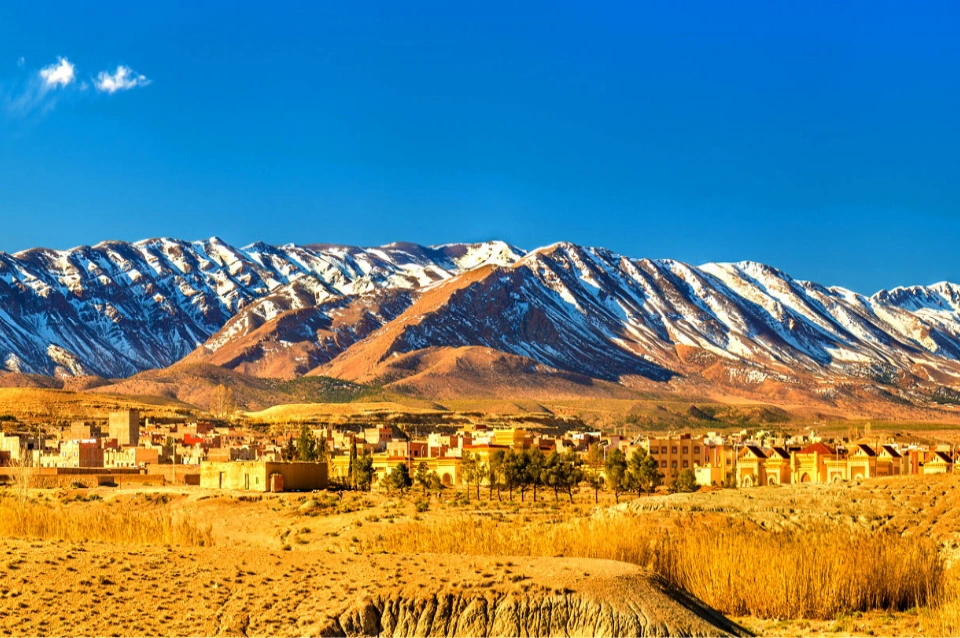
Gateway to Merzouga and Erg Chebbi
Errachidia sits 135 kilometers north of Merzouga, home to Morocco’s most spectacular sand dunes at Erg Chebbi. This positioning makes it the ideal place to rest, prepare, and organize before venturing into the deep desert. Many travelers use Errachidia as a base for multi-day Sahara expeditions, benefiting from its modern amenities before experiencing the stark beauty of pure desert landscapes.
Crossroads of Saharan Routes
The city functions as a crucial junction where routes from Fes, Meknes, and northern Morocco converge with roads leading to the desert, Algeria border region, and the Draa Valley. This strategic position has made Errachidia important throughout history, from ancient caravan routes to modern tourism circuits.
Access to Multiple Desert Regions
Beyond Merzouga, Errachidia provides access to various desert landscapes including the Tafilalet oases, the Jorf fossil quarries, desert plateaus, and remote areas rarely visited by conventional tourism. This diversity allows travelers to explore different facets of desert environments from a single base.
Regional Hub for Desert Services
The city offers tour operators, 4×4 rentals, guide services, equipment suppliers, and everything necessary for desert exploration. This concentration of services makes organizing Sahara adventures significantly easier than in more remote locations.
The Magnificent Ziz Valley and River
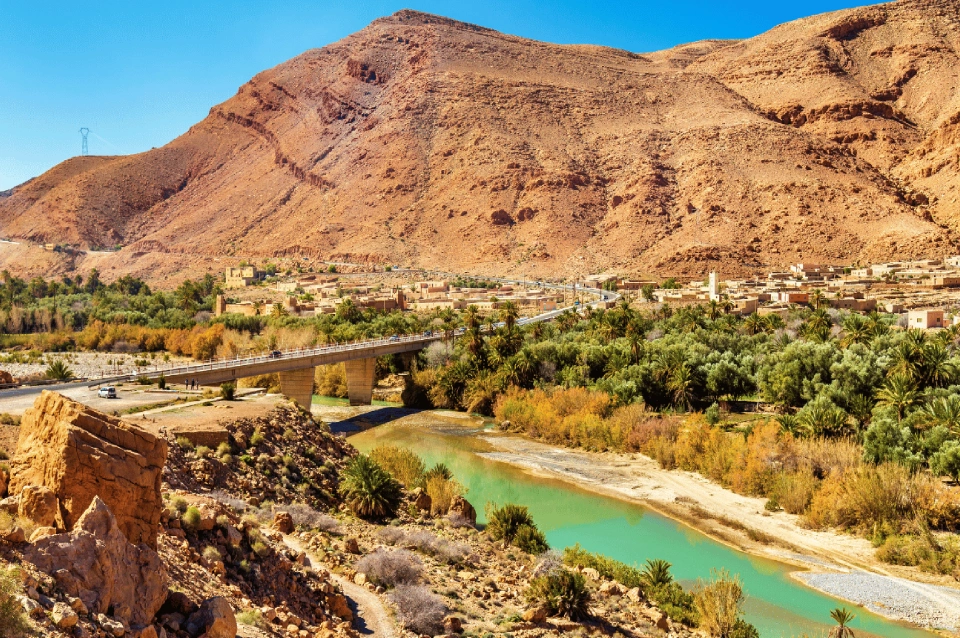
Palm Grove Ecosystems
The Ziz River creates a 15-kilometer-long ribbon of lush palm groves through the desert landscape, supporting over a million date palms that produce some of Morocco’s finest dates. These oases represent traditional Saharan agriculture at its most productive, with intricate irrigation systems maintained for centuries.
Ziz Gorges – Natural Wonder
North of Errachidia, the Ziz River has carved spectacular gorges through red rock formations, creating dramatic landscapes where sheer cliffs tower above the winding river. The gorges offer stunning photography opportunities, geological interest, and insights into the powerful forces that shaped this region.
Hassan Addakhil Dam and Reservoir
This massive dam, completed in 1971, created Morocco’s second-largest reservoir, transforming the region’s hydrology and agricultural potential. The reservoir provides scenic beauty, recreational opportunities, and fascinating contrasts between water and desert landscapes.
Traditional Oasis Agriculture
The valley showcases traditional ksar (fortified villages) surrounded by date palms, vegetable gardens, and alfalfa fields that demonstrate how desert communities have sustained themselves through sophisticated water management and agricultural practices adapted to extreme conditions.
Cultural Heritage and Berber Traditions
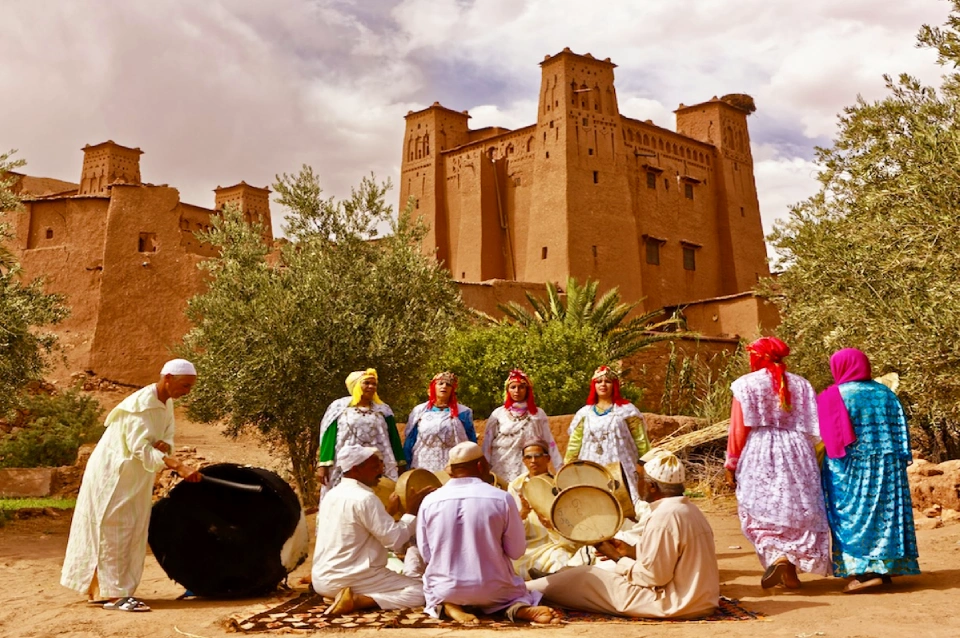
Amazigh Cultural Center
Errachidia serves as an important center for Ait Atta and other Amazigh (Berber) tribes who have inhabited these regions for millennia. The city preserves and celebrates this heritage through cultural centers, traditional crafts, and community events that maintain ancient customs.
Weekly Souk and Traditional Markets
The city’s massive weekly market brings together desert nomads, mountain Berbers, and oasis farmers, creating one of Morocco’s most authentic traditional markets. This souk offers genuine cultural experiences with traditional goods, livestock trading, and social interactions that have characterized Saharan commerce for centuries.
Date Festival and Harvest Celebrations
October’s annual date festival celebrates the region’s most important crop with traditional music, dance, competitions, and celebrations that showcase Tafilalet cultural traditions. The festival attracts visitors from across Morocco and provides insights into agricultural cycles and community celebrations.
Traditional Crafts and Artisans
Local craftspeople produce traditional goods including silver jewelry, leather items, woolen textiles, and pottery using techniques passed through generations. Workshops and cooperatives welcome visitors interested in understanding traditional production methods.
Historical Sites and Landmarks
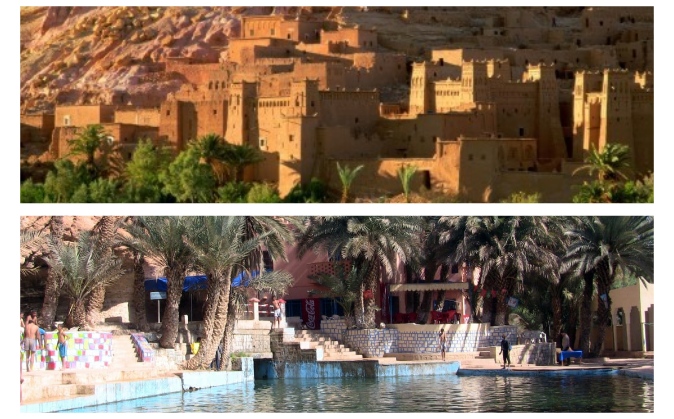
Colonial Military Heritage
The city’s founding as a French military post left architectural legacies including administrative buildings and urban planning that reflect early 20th-century colonial presence. These structures tell stories of Morocco’s modern history and the strategic importance of controlling desert access.
Ancient Kasbahs and Ksour
The surrounding region contains numerous historic kasbahs and fortified villages (ksour) that protected oasis communities from raiders and harsh environments. Many remain inhabited, while others stand as photogenic ruins that evoke the region’s turbulent past.
Source Bleue de Meski
Located 20 kilometers south of Errachidia, this natural spring creates a blue pool surrounded by palms—a small paradise in the desert. The site offers swimming opportunities, picnic areas, and peaceful retreats that contrast dramatically with surrounding arid landscapes.
Fossil Sites and Geological Wonders
The region’s geology includes fossil-rich deposits, particularly in the Kem Kem beds near Erfoud. These areas provide insights into ancient marine life and geological history while offering opportunities for fossil hunting and paleontological interest.
Desert Expeditions and Adventures

Organized Sahara Tours
Errachidia serves as a starting point for various desert expeditions ranging from single-day excursions to week-long camel treks. Professional tour operators offer packages including transportation, guides, camping equipment, and cultural experiences tailored to different interests and fitness levels.
Camel Trekking Experiences
Multi-day camel treks into the desert provide authentic nomadic experiences with overnight camping in traditional Berber tents, campfire meals, and navigation by ancient desert knowledge. These expeditions reveal desert life’s rhythms and challenges while creating unforgettable memories.
4×4 Desert Adventures
Off-road expeditions access remote areas unreachable by conventional vehicles, including desert plateaus, ancient caravan routes, fossil beds, and isolated oases. These adventures combine adrenaline with exploration and education about desert ecosystems.
Sandboarding and Dune Activities
The sand dunes near Merzouga and other locations offer thrilling sandboarding opportunities, while sunrise and sunset dune walks provide more contemplative desert experiences. The ever-changing play of light on sand creates constantly evolving landscapes.
Practical Services and Modern Amenities
Accommodation Options
The city offers various accommodation levels from budget hotels and guesthouses to more comfortable mid-range options. While not featuring luxury resorts, available lodging provides clean, comfortable rest stops with essential amenities for desert-bound travelers.
Banking and Essential Services
As a regional capital, Errachidia maintains banks, ATMs, medical facilities, pharmacies, fuel stations, and other essential services that may be unavailable in more remote desert areas. Stocking up on cash, supplies, and medications here is advisable before desert expeditions.
Transportation Hub
Regular buses connect Errachidia to major Moroccan cities including Fes, Meknes, Marrakech, and Ouarzazate. The city’s taxi station provides shared taxis to regional destinations, while car rental agencies serve independent travelers.
Communication and Connectivity
Mobile phone coverage and internet access are available in the city, though connectivity diminishes in remote desert areas. Errachidia provides the last reliable opportunity for communications before deep desert ventures.
Regional Gastronomy and Local Flavors
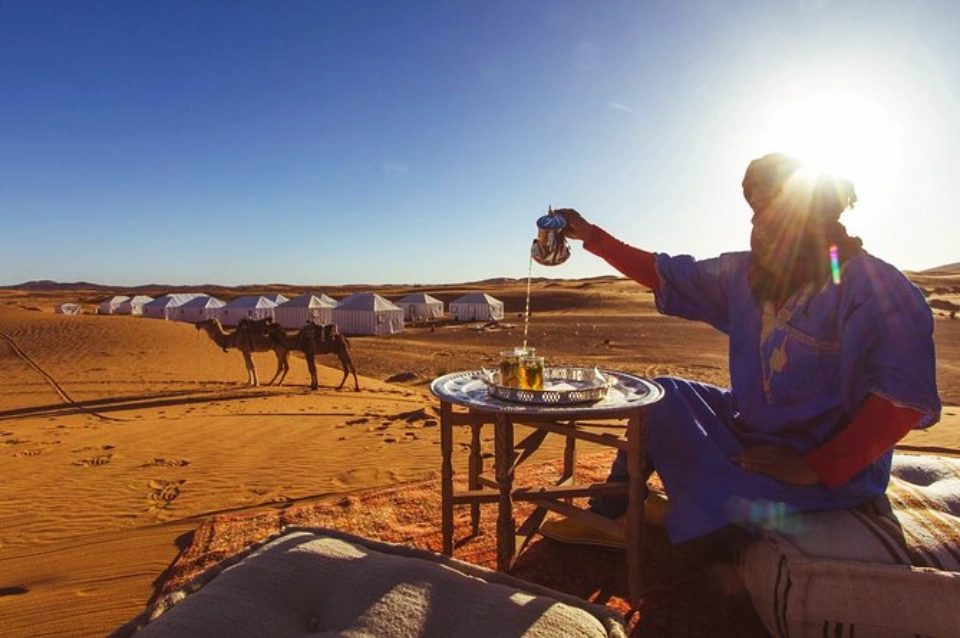
Date-Based Cuisine
The Tafilalet region’s famous dates feature prominently in local cuisine, appearing in tagines, desserts, and traditional preparations. Various date varieties offer different flavors and textures, from soft Medjool to firmer Deglet Nour types.
Traditional Desert Foods
Local restaurants serve authentic desert cuisine including madfouna (Berber pizza), lamb tagines with dates and almonds, and dishes adapted to desert conditions using preserved ingredients and local products.
Market Fresh Ingredients
The weekly souk and daily markets provide access to regional produce including dates, almonds, olives, and vegetables grown in oasis gardens. These markets showcase the surprising agricultural productivity of well-managed desert oases.
Tea Culture and Hospitality
Traditional Saharan tea ceremonies reach their zenith in this region, where tea preparation becomes performance art and social ritual. Local cafes and guesthouses offer opportunities to experience this essential aspect of desert hospitality.
Seasonal Considerations and Climate
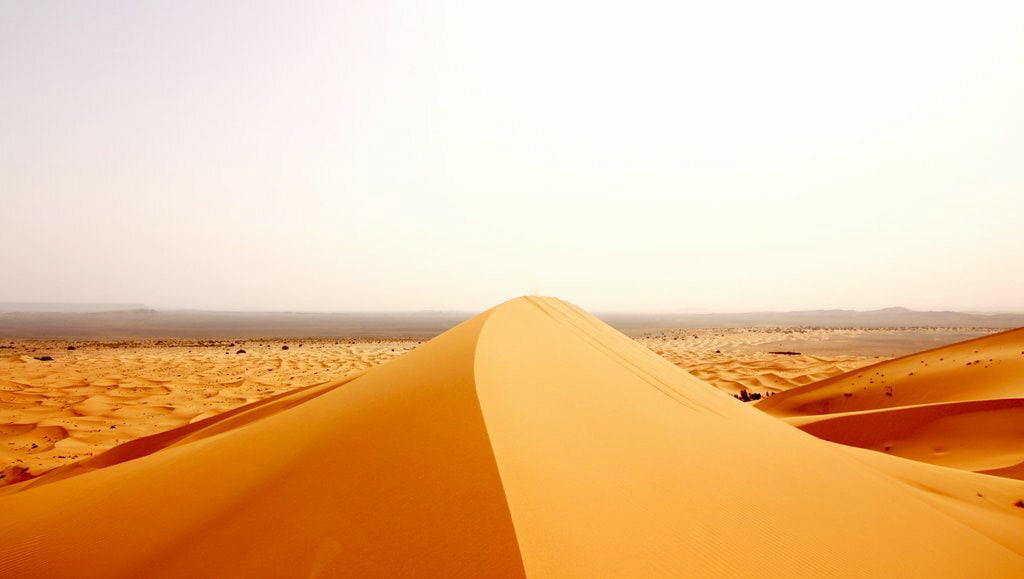
Desert Climate Extremes
Errachidia experiences significant temperature variations with scorching summers (often exceeding 45°C) and surprisingly cold winters where nighttime temperatures can drop below freezing. These extremes require appropriate preparation and timing.
Optimal Visiting Seasons
Spring (March-May) and autumn (September-November) provide the most comfortable conditions for desert exploration, with moderate temperatures and clear skies. These seasons offer the best balance between weather comfort and desert accessibility.
Summer Heat Challenges
Summer visits require significant heat adaptation, early morning activity scheduling, and constant hydration. However, summer also brings unique desert experiences and fewer tourists for those willing to brave extreme temperatures.
Winter Desert Beauty
Winter provides crisp, clear conditions ideal for photography, comfortable daytime temperatures for hiking, and stunning night skies for stargazing. However, cold nights require warm clothing and appropriate sleeping equipment for camping.
Day Trips and Regional Exploration
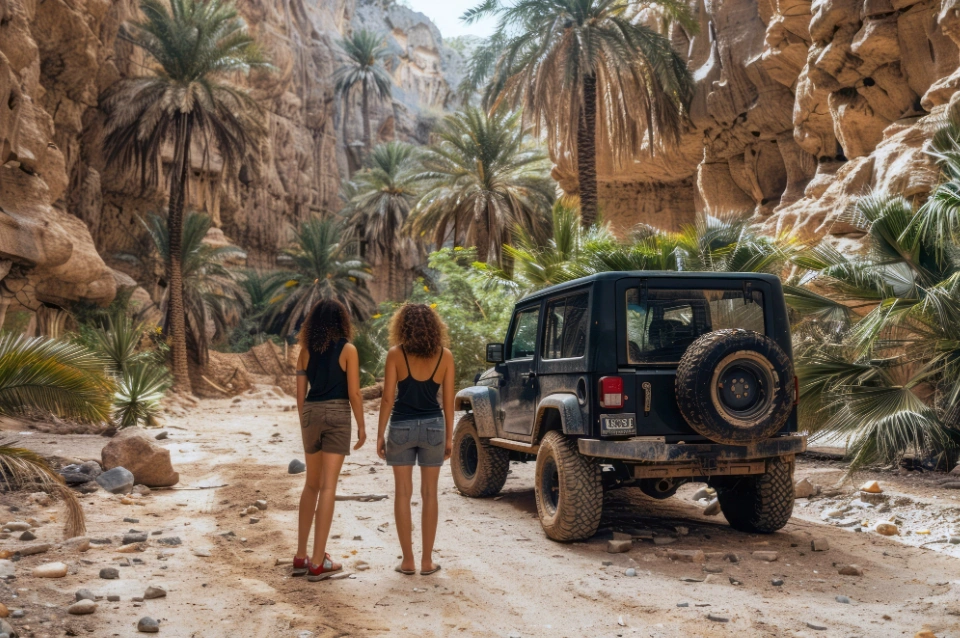
Erfoud and Fossil Town
Located 70 kilometers south, Erfoud is famous for fossil quarries and processing workshops where ancient marine life is extracted from desert rocks and crafted into decorative items. The annual date festival here draws thousands of visitors.
Rissani Ancient Capital
Further south lies Rissani, the ancient Sijilmassa ruins and traditional gateway to trans-Saharan trade routes. This historic town offers traditional markets, historic architecture, and insights into Morocco’s medieval desert commerce.
Goulmima and Todra Region
Northwest of Errachidia, the Todra Gorges and Goulmima area provide spectacular mountain scenery, traditional Berber villages, and opportunities for hiking and cultural exploration in dramatically different landscapes.
Circuit through Southern Oases
Extended trips can include circuits through the Draa Valley, Ouarzazate region, and various desert kasbahs, using Errachidia as either departure or arrival point for comprehensive southern Morocco exploration.
Tips and Recommendations
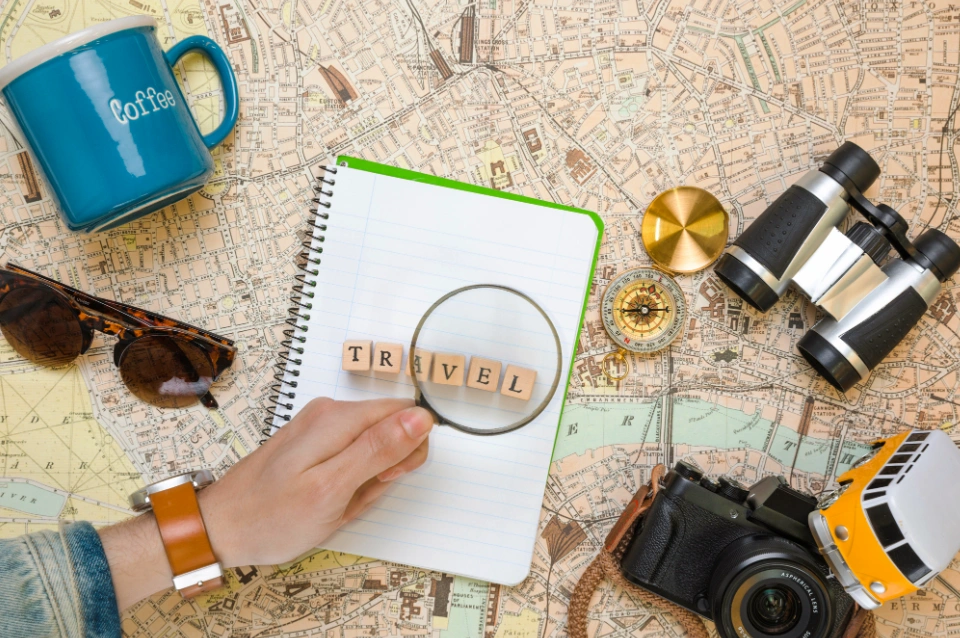
Desert Preparation Essentials
- Stock up on water, snacks, and supplies before leaving the city
- Ensure adequate sun protection including clothing, sunscreen, and head covering
- Carry cash as ATMs are rare in remote areas
- Fill vehicle fuel tanks completely and carry extra if venturing far
- Inform accommodation or authorities of desert travel plans
Cultural Sensitivity
- Respect local customs in this conservative desert region
- Dress modestly, especially when visiting traditional communities
- Ask permission before photographing people or private property
- Learn basic Arabic or Berber phrases to enhance interactions
- Show genuine interest in local culture and traditions
Health and Safety
- Carry comprehensive first aid supplies
- Bring any necessary medications from home
- Stay hydrated constantly in the dry desert climate
- Protect against extreme sun exposure
- Consider travel insurance covering remote area evacuation
Photography Opportunities
- Golden hour lighting creates spectacular desert photography
- The Ziz Gorges offer dramatic landscape compositions
- Traditional markets provide rich cultural documentation opportunities
- Always ask permission before photographing people
- Protect camera equipment from sand and dust
Hidden Gems and Local Secrets

Sunrise at Ziz Gorges
Early morning visits to the gorges reveal spectacular lighting and fewer visitors. The play of dawn light on red rock creates magical photography opportunities and peaceful contemplation.
Traditional Bread Ovens
Small villages maintain communal clay ovens where women bake traditional bread. Respectful visitors may observe these ancient baking traditions and understand community cooperation in daily life.
Desert Star Gazing
The clear, unpolluted skies around Errachidia provide exceptional stargazing opportunities. Local guides can explain traditional desert navigation by stars and identify constellations used by nomadic peoples.
Seasonal Water Streams
Spring runoff occasionally creates temporary streams and waterfalls in normally dry wadis (valleys), transforming desert landscapes into brief blooming gardens that showcase nature’s resilience and beauty.
Local Fossil Hunters
Meeting local fossil hunters provides insights into paleontology, geology, and the region’s ancient marine past. These enthusiasts often know secret locations and can explain the science behind fossil formation.
FAQs
Q1: Why should I stop in Errachidia when traveling to Merzouga and the desert dunes? A: Errachidia offers the last major concentration of services, banking, medical facilities, and supplies before the deep desert. It’s ideal for rest, preparation, organizing tours, and experiencing authentic Saharan culture before reaching more touristy Merzouga. The city also provides access to spectacular attractions like the Ziz Gorges and traditional markets that many travelers miss by rushing directly to the dunes.
Q2: What’s the best season to visit Errachidia and the surrounding desert regions? A: Spring (March-May) and autumn (September-November) offer optimal conditions with comfortable temperatures (20-30°C during day), clear skies, and manageable desert heat. These seasons provide the best balance for all activities. Summer brings extreme heat (often 45°C+) suitable only for heat-tolerant travelers, while winter offers crisp conditions but cold nights requiring warm sleeping gear.
Q3: How many days should I plan for exploring Errachidia and the surrounding area? A: Most travelers spend 1-2 nights in Errachidia itself, using it as a base or stopover point. However, allowing 3-4 days enables proper exploration of the Ziz Valley, gorges, local culture, and day trips to nearby attractions. The city works well as part of a larger 7-10 day southern Morocco circuit including Merzouga, Todra Gorges, and the Draa Valley.
Q4: Is it safe to travel independently in the Errachidia region and surrounding desert? A: The region is generally safe with low crime rates and welcoming locals. However, desert exploration requires proper preparation, adequate supplies, reliable vehicles, and ideally, local guides who know the terrain. Independent travelers should inform accommodations of their plans, carry emergency supplies, and respect the challenges of remote desert environments. Organized tours are recommended for those lacking desert experience.
Q5: What makes Errachidia’s weekly souk special compared to other Moroccan markets? A: Errachidia’s souk is exceptionally authentic because it primarily serves local needs rather than tourism. The market brings together genuine desert nomads, mountain Berbers, and oasis farmers trading livestock, traditional goods, and everyday items. Unlike tourist-oriented markets, this souk provides raw, unfiltered insights into Saharan commerce, social interaction, and traditional culture that has remained largely unchanged for centuries. It’s one of Morocco’s most genuine market experiences.

